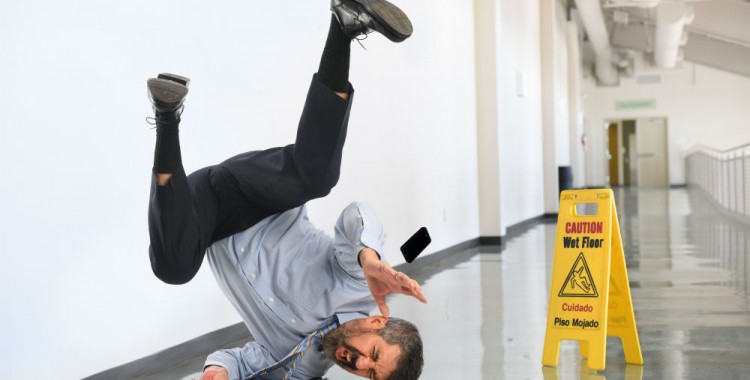How (and Why) personal injury lawsuits work
We get the basic idea behind lawsuits, and we’ve all seen ads for personal injury lawyers. But what’s the process actually like? What makes a good case, and what makes a bad one? If you think you may need a lawyer, then it’s essential to know why our laws are set up the way they are and to get an understanding about personal injury lawsuits way from the over-the-top personal injury lawyer ads we see.
What is a personal injury lawsuit?
Personal injury law is an area of the law that, as you point out, we see a lot of in television advertisements and on billboards. But, of course, it’s not all lawyers in boxing gloves and black-and-white footage of car crashes. There is a real legal process at work here, and it exists for a very good reason.
Let’s start by defining a personal injury lawsuit. In a personal injury lawsuit, an injured party sues a defendant for an accident caused by negligence. That’s a more specific description than it might sound like. Consider, for instance, an accident in which nobody is injured–nobody can be sued in such an incident (or, more accurately, nobody is likely to win a suit if they file one). Also, accidents can happen without negligence; here, too, there is no legal basis for a lawsuit.
How do you file a lawsuit?
So, let’s begin our journey in the aftermath of an accident. What’s next? Well, the injured party is the one who will have to initiate the lawsuit, so they need to get a personal injury lawyer. The sooner they do that, the better, says Jeff Preszler of Preszler Law. A part of the law called the statute of limitations restricts how long you can wait before filing a lawsuit or charging someone with a crime, and the former is of concern here. Plus, important evidence is easier to get when the incident is still fresh. After receiving medical care, getting an attorney should be the next step.
After consulting with a personal injury attorney, our injured party will learn whether they have a case. Let’s say that they do, and move to the next stage. At this point, the lawyer could file a lawsuit–but there’s a good chance that they will first negotiate with the would-be defendants to see if everything can be settled before that.
Next up: the lawsuit! If things haven’t been settled, the injured party’s lawyer will file suit. After this point, negotiations can happen once again.
If there’s still no agreement, the case will go to trial before a judge and jury. However, this is quite rare: less than 5 percent of personal injury lawsuits get to this point.
And there you have it: the real-world personal injury process. It works well, and it’s very important that it does so: personal injury lawsuits, experts say, are a vital legal tool for injured parties who need help making themselves financially whole after a personal injury.

